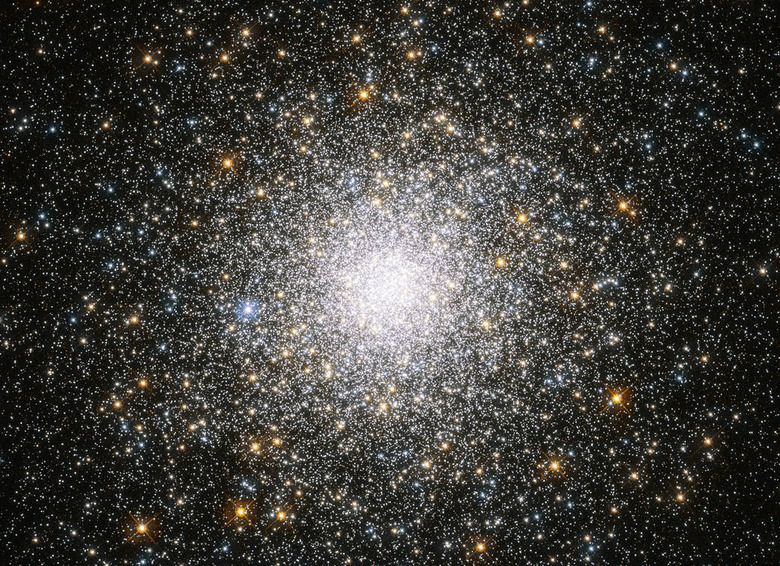NASA Teams Up With Australia For New Space Robotics Push
If humans want a larger presence in space we're going to have to have a good bit of help from robots. At least that's what NASA and Western Australia are betting on, and they've just agreed to partner up on a new robotics development center that will begin working on technology that will build and control some of the most advanced hardware ever sent into space.
The project is part of AROSE (Australian Remote Operations for Space and Earth), which aims to be the control hub for robotics systems deployed to space to construct everything from Moon-orbiting space stations to structures on the Moon and perhaps even Mars.
The new facility will employ some 1,500 people when it's finally up and running, and it'll be around five years before it's ready to roll. Once it's completed, it figures to play a major part in future space missions.
"Almost everything in the new missions to the moon and Mars will be operated remotely, so launching things into space is just one part of it," Dave Kelly, the Science, Innovation and ICT Minister for WA, said in a statement.
"You want to build a new space station orbiting the moon, that's going to be done remotely, you're not going to have 100 electricians going up in a spacecraft to the moon and putting all the nuts and bolts together. All that will be done remotely from Earth. That's what WA is a world leader in."
When we imagine a future where humans are actively exploring planets beyond Earth, we assume humans will be the first forms of intelligence to arrive. As it turns out, it's far more likely that robots of our own creation will be the first inhabitants of the Red Planet and perhaps even worlds outside of our solar system.
